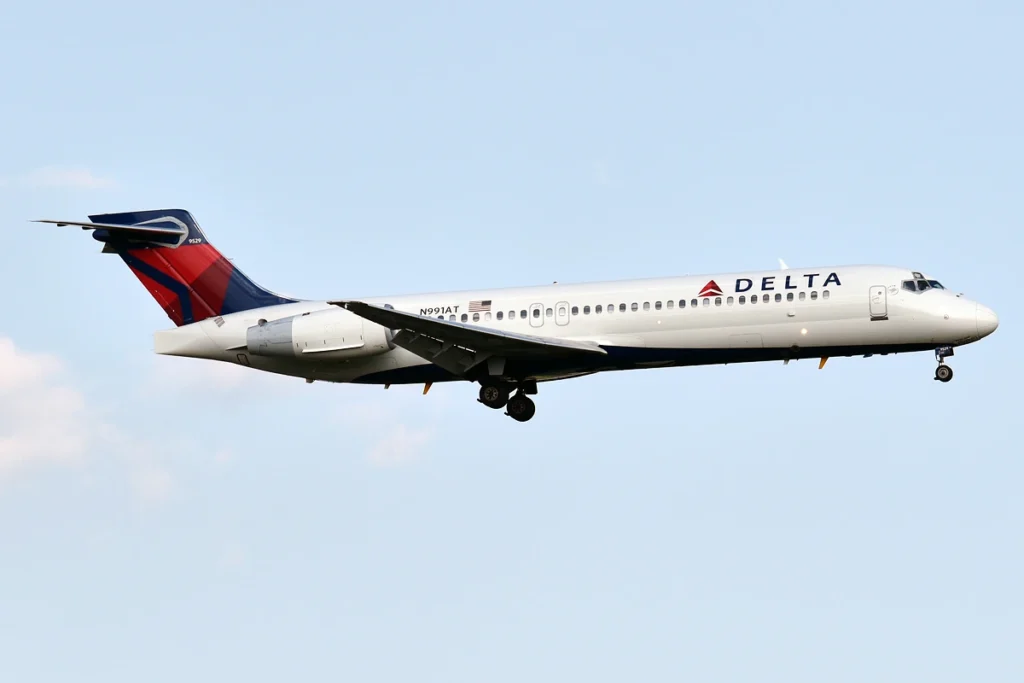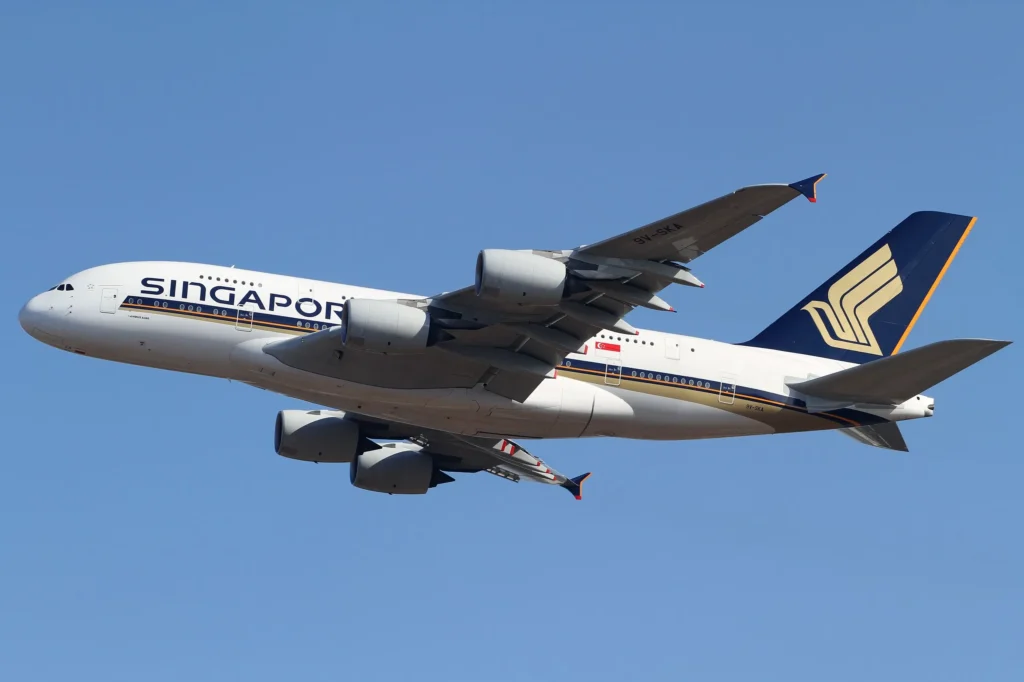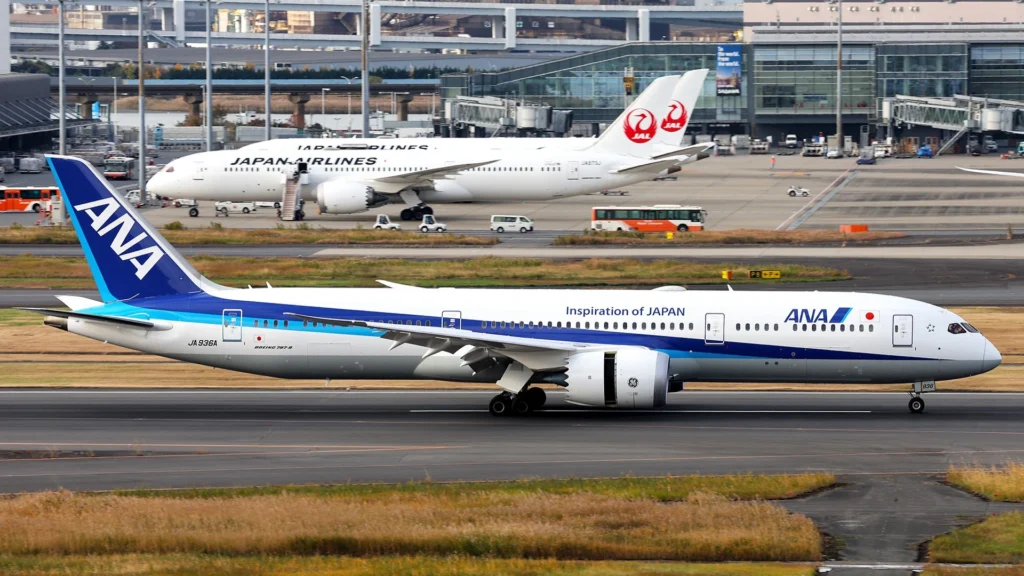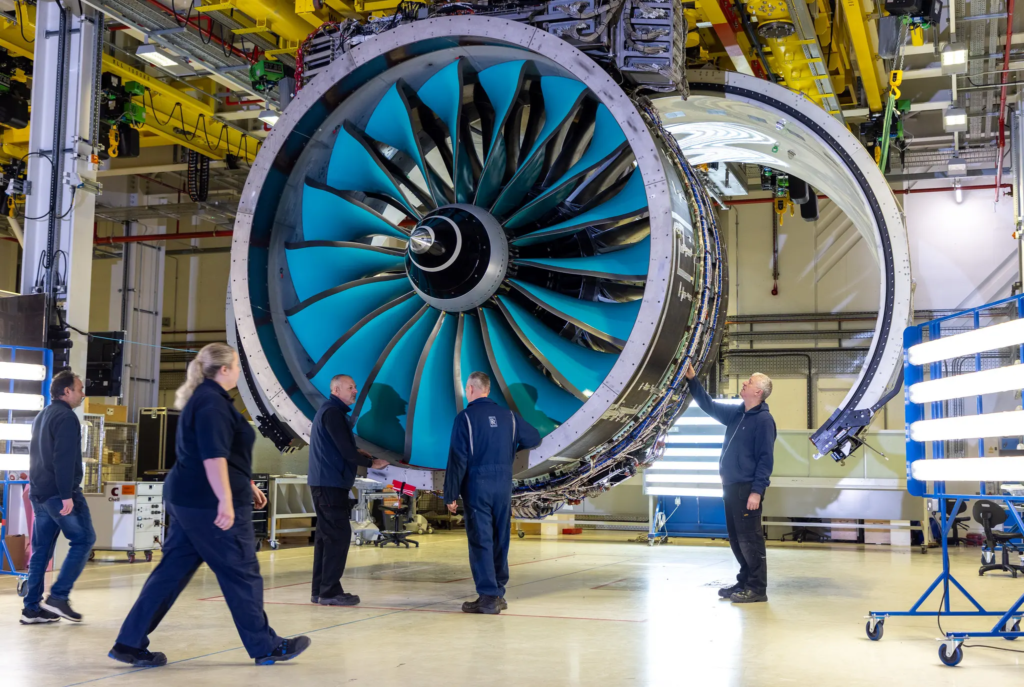Flying remains one of the safest forms of travel, although it’s hard to convince a white-knuckled seatmate of that during turbulence. While Mother Nature occasionally reminds us who’s boss at 35,000 feet, the aviation industry has spent decades perfecting aircraft that can handle almost anything the skies throw at them.
According to Simple Flying, these 3 planes have earned legendary status not only for their performance but also for their remarkable safety records!

1. Boeing 717
When discussing aviation safety champions, the Boeing 717 deserves a standing ovation. This twin-engine narrowbody aircraft began life as McDonnell Douglas’s MD-95 before Boeing adopted it following their 1997 merger. The 717 represents a fascinating case study in how smart engineering translates to exceptional safety outcomes.
The aircraft’s design philosophy centred on reliability and passenger protection. Its rear-mounted Rolls-Royce BR715 engines provide inherent stability advantages, while the 100-seat configuration allows for efficient operations without compromising safety margins. The 717 entered service in 1999 and maintained production until 2006, with Boeing delivering approximately 156 units total.
Technical Specs
The 717’s operational capabilities include a range of 2,060 nautical miles and cruise speeds reaching Mach 0.77. These specifications positioned it perfectly for regional and short-haul routes, where safety margins are particularly critical due to frequent takeoffs and landings.

Safety Record
What makes the 717 truly remarkable is its spotless safety record. Since its first flight nearly three decades ago, not a single hull loss or fatal incident has occurred involving this aircraft type.
Currently, 99 examples remain in active service, with Delta Air Lines (DL) operating the majority of the fleet.
This perfect safety record becomes even more impressive when considering the aircraft has accumulated hundreds of thousands of flight hours across diverse operating conditions.

2. Airbus A380
The Airbus A380 commands attention wherever it goes, and not just because of its massive size. This double-decker behemoth has maintained an impeccable safety record throughout its operational history.
First taking flight in April 2005, the A380 entered commercial service with Singapore Airlines (SQ) in October 2007. The aircraft’s sheer scale initially raised questions about evacuation procedures and ground handling safety, but rigorous testing and operational experience have validated its design philosophy.
Currently, 189 A380s remain in service with 10 operators globally, with Emirates (EK) maintaining the largest fleet. The aircraft’s four-engine configuration provides exceptional redundancy, while its advanced flight management systems offer pilots unprecedented situational awareness.
The certified passenger capacity ranges from 525 to 853, depending on configuration, making each safe flight a significant achievement in protecting large numbers of travellers.

Safety Record
The A380’s safety credentials become more impressive when examining its operational statistics.
The global fleet has accumulated nearly one million flights and approximately 10 million flight hours without a single fatality.
This achievement spans operations across diverse airports, weather conditions, and airline cultures worldwide.
Production of the A380 ceased in 2021, but existing aircraft continue operating with a strong safety performance.
The type’s range of 8,000 nautical miles enables long-haul operations connecting major international destinations, often carrying business travellers and families on journeys where safety remains paramount.

3. Boeing 787 Dreamliner
The Boeing 787 Dreamliner represents a quantum leap in aviation technology, and its safety record reflects the benefits of modern engineering approaches. This composite-based aircraft family has revolutionised long-haul travel while maintaining exemplary safety standards since entering service with All Nippon Airways (NH) in October 2011.
Boeing has delivered nearly 1,200 Dreamliners across 3 variants: the 787-8, 787-9, and 787-10. Each variant serves different market segments while sharing common safety systems and operational procedures.
The aircraft’s composite construction provides enhanced durability and fatigue resistance compared to traditional aluminium structures.
Advanced systems integration sets the 787 apart from its predecessors. The aircraft features sophisticated health monitoring systems that continuously assess component performance and predict maintenance requirements. This proactive approach to maintenance significantly reduces the likelihood of in-flight failures that could compromise safety.

Safety Record
The Dreamliner’s fuel efficiency, achieved through lightweight composite materials and advanced engine technology, also contributes to safety margins. Reduced fuel loads mean lower gross weights during critical flight phases, while improved engine reliability enhances overall system redundancy.
The 787’s safety achievements become particularly noteworthy considering its rapid adoption rate. The Dreamliner fleet has transported over one billion passengers faster than any other widebody aircraft in aviation history.
Despite this intensive utilisation across numerous airlines and operating environments, the type maintains a perfect record with zero fatalities and no hull losses.

Building Blocks of Aviation Safety
Aircraft safety extends far beyond individual designs to encompass comprehensive organisational approaches. Modern aviation safety relies on integrated systems that address human factors, maintenance procedures, and operational protocols.
1. Safety culture development
It remains fundamental to achieving exceptional safety records. Airlines and manufacturers must foster environments where personnel feel empowered to report concerns without fear of repercussions.
This open communication enables early identification and correction of potential safety issues before they escalate.
2. Effective reporting mechanisms
Reporting systems serve as early warning systems for emerging safety trends. Modern airlines utilise sophisticated data analysis tools to identify patterns that might indicate developing safety concerns.
These systems process enormous volumes of operational data to detect subtle anomalies that human observers might miss.

3. Safety Management Systems
It provides structured frameworks for maintaining safety standards throughout aircraft operational lifecycles. These systems integrate risk assessment, hazard identification, and corrective action protocols into daily operations. Regular audits and reviews ensure SMS effectiveness while identifying areas for improvement.
4. Collaboration
Collaboration between manufacturers, operators, and regulatory authorities creates comprehensive safety oversight. Industry forums facilitate knowledge sharing about emerging safety challenges and proven mitigation strategies.
This collective approach leverages expertise from multiple stakeholders to address complex safety issues that individual organisations might struggle to solve independently.

Bottom Line
While today’s safest aircraft represent remarkable engineering achievements, the aviation industry continues pushing safety boundaries through technological innovation and operational improvements.
Advanced materials, artificial intelligence applications, and enhanced pilot training methods promise even greater safety margins for future aircraft generations.
The Boeing 717, Airbus A380, and Boeing 787 demonstrate that exceptional safety records result from thoughtful design, rigorous testing, and comprehensive operational support.
These aircraft prove that passengers can indeed relax during their next flight, though perhaps keep the seatbelt fastened anyway – turbulence still hasn’t learned to read safety statistics.
Stay tuned with us. Further, follow us on social media for the latest updates.
Join us on Telegram Group for the Latest Aviation Updates. Subsequently, follow us on Google News

